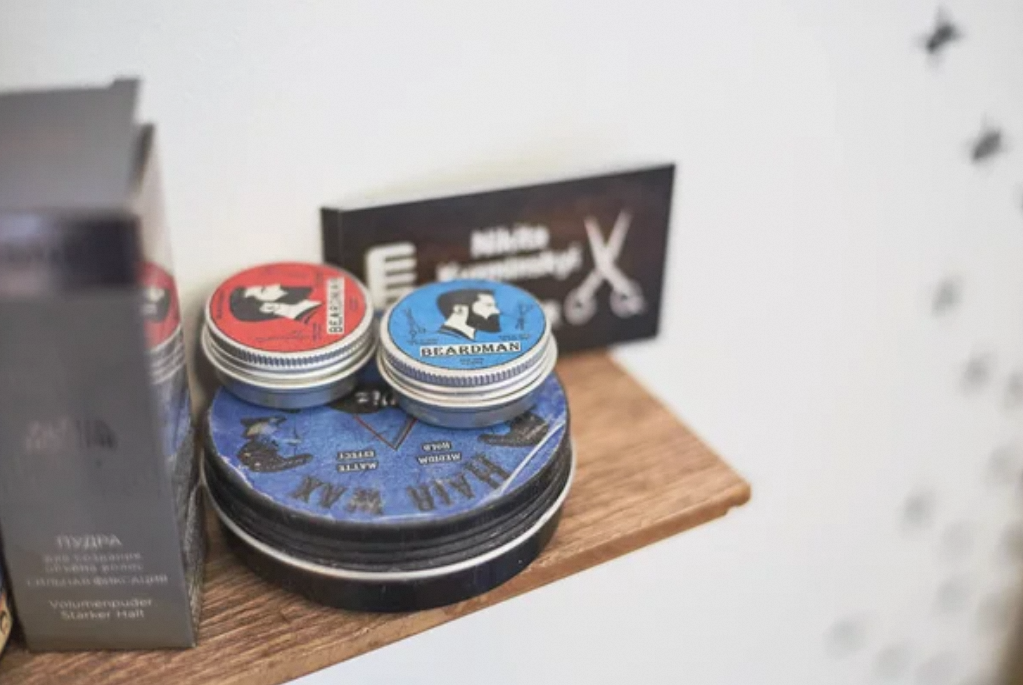The Evolution of Hair Wax: A Look at the History and Development of a Timeless Styling Product
Hair wax is a popular styling product that has been used for centuries to create a variety of hairstyles. From ancient times to modern day, hair wax has played an important role in the world of hair styling. In this blog post, we will explore the fascinating history of hair wax, from its origins to its evolution into the product we know and love today.
Origins of Hair Wax
The use of hair wax can be traced back to ancient times, when people used natural ingredients to style their hair. In ancient Egypt, for example, beeswax was used to create elaborate hairstyles that were adorned with jewels and other decorations. In ancient Greece, olive oil was used to create a sleek, shiny look. In ancient Rome, animal fat was used to create a pomade that was used to style hair.

Characteristics:
- Hair wax has been used for centuries
- Ancient Egyptians used beeswax to style their hair
- Ancient Greeks used olive oil to create a shiny look
- Ancient Romans used animal fat to create a pomade
Evolution of Hair Wax
As time went on, the use of hair wax evolved. In the 18th and 19th centuries, hair wax was made with ingredients such as bear fat, beeswax, and lard. These products were often scented with essential oils to mask the unpleasant smell. In the early 20th century, petroleum jelly was introduced as a key ingredient in hair wax, which made the product easier to apply and gave it a longer shelf life.
In the 1950s and 1960s, hair wax became popular among men who wanted to create a slick, polished look. During this time, products such as Brylcreem and Vitalis became household names. In the 1970s and 1980s, hair wax evolved again, with the introduction of products such as Dax and Murray’s Pomade. These products were designed to provide a stronger hold and more texture, making them ideal for creating messy, textured styles.
Characteristics:
- Hair wax evolved over time
- In the 18th and 19th centuries, hair wax was made with bear fat, beeswax, and lard
- Petroleum jelly was introduced in the early 20th century
- In the 1950s and 1960s, hair wax became popular for creating a slick, polished look
- In the 1970s and 1980s, hair wax evolved to provide a stronger hold and more texture
Modern Day Hair Wax
Today, hair wax is a popular styling product that is used by both men and women to create a variety of hairstyles. Modern day hair wax is typically made with natural waxes, such as beeswax or carnauba wax, along with oils and other ingredients that provide hold and texture. Hair wax is available in a variety of formulas, from light hold to strong hold, and can be used to create a variety of styles, from messy and textured to sleek and polished.
In recent years, there has been a trend towards natural and organic hair wax, with many brands offering products that are free from synthetic ingredients and harsh chemicals. These products are often made with natural and organic ingredients, such as shea butter, coconut oil, and essential oils, and are designed to provide a strong hold without damaging the hair.
Characteristics:
- Hair wax is a popular styling product today
- Modern day hair wax is made with natural waxes and oils
- Hair wax is available in a variety of formulas
- There is a trend towards natural and organic hair wax
Final Thoughts
The history of hair wax is a fascinating one, with the product evolving over time to meet the changing needs of consumers. From ancient times to modern day, hair wax has played an important role in the world of hair styling. Today, hair wax is a popular styling product that is used by both men and women to create a variety of hairstyles. Whether you prefer a slick, polished look or a messy, textured style, there is a hair wax out there that can help you achieve the perfect look.